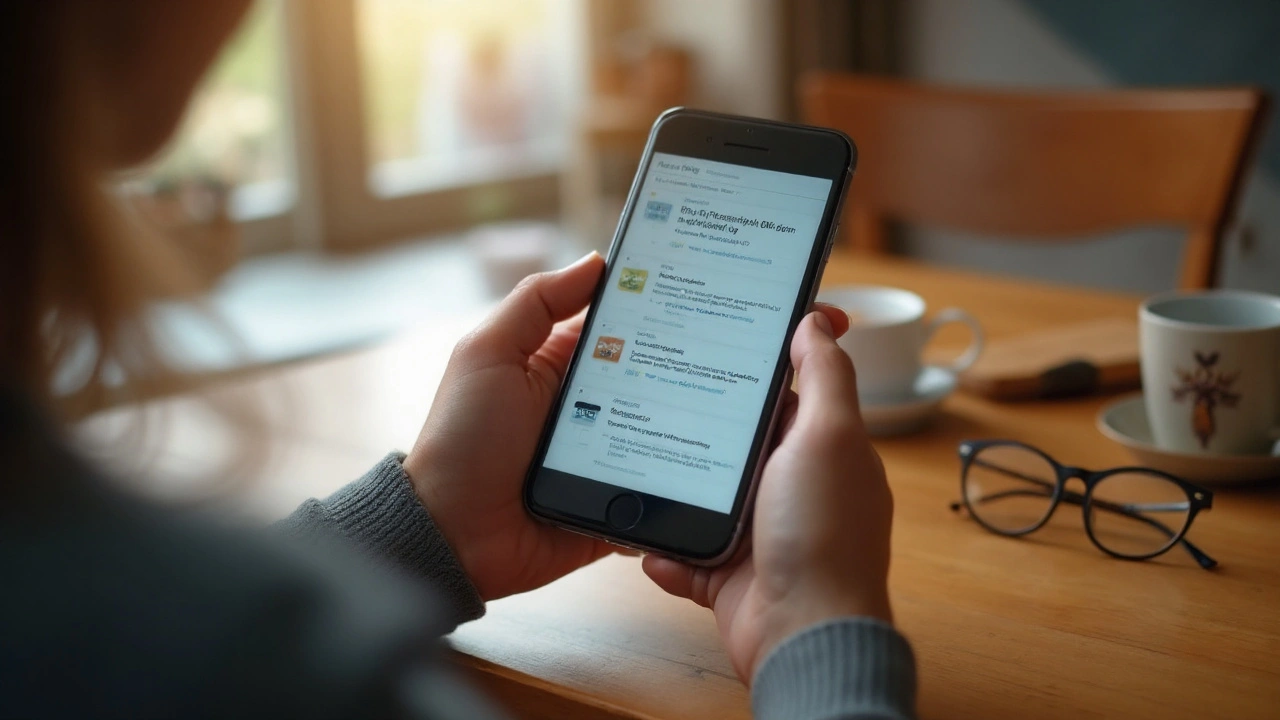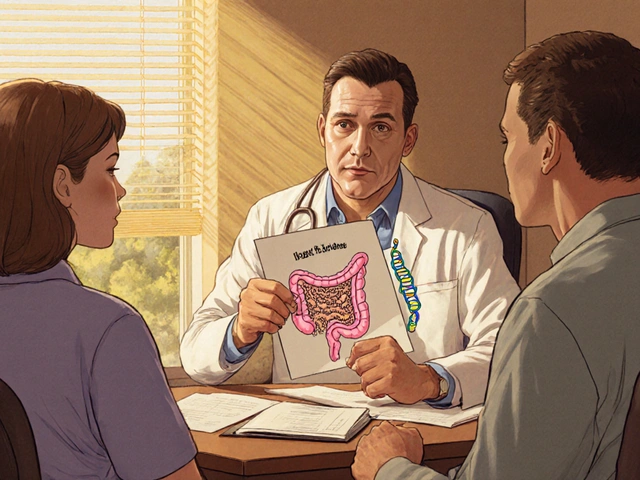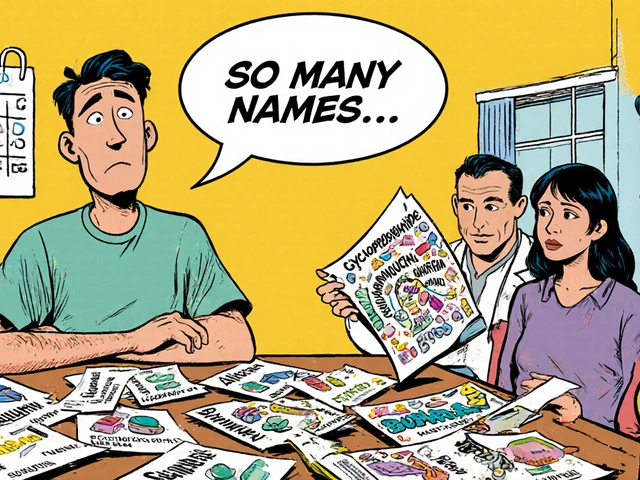Glaucoma Treatment: What Works Best for You?
If you’ve just heard the word “glaucoma,” chances are you’re worried about losing sight. The good news? There are plenty of ways to keep eye pressure down and protect your vision. Below we break down the most common treatments, when they’re used, and simple steps you can take at home.
Medication: Eye Drops that Lower Pressure
The first line of defense is usually prescription eye drops. They work by either reducing fluid production inside the eye or helping it drain faster. Popular classes include prostaglandin analogs (like latanoprost), beta‑blockers (timolol), and carbonic anhydrase inhibitors (brinzolamide). Most people start with one drop per day, but sometimes a combo is needed.
Using drops correctly makes all the difference. Wash your hands, pull down the lower eyelid, squeeze a tiny bead, then close your eye gently for a minute. Don’t blink hard—let the medication soak in. If you miss a dose, use it as soon as you remember unless it’s almost time for the next one.
Surgery and Laser Options
When drops aren’t enough, doctors turn to procedures that create new pathways for fluid to leave the eye. The most common are trabeculectomy and tube shunt surgery. Both involve tiny incisions and a recovery period of a few weeks, but they can dramatically lower pressure.
Laser treatments are less invasive. Argon laser trabeculoplasty (ALT) or selective laser trabeculoplasty (SLT) target the drainage tissue with short pulses of light. Many patients see a pressure drop after just one session and can reduce their drops afterward.
Choosing surgery or laser depends on your eye’s anatomy, how fast the disease is progressing, and personal preferences. Your ophthalmologist will walk you through risks like infection or temporary vision blur—most people recover fully.
Lifestyle Hacks to Help Your Treatment
While meds and procedures do the heavy lifting, everyday habits can boost results:
- Exercise regularly. Walking or swimming improves blood flow to the optic nerve.
- Stay hydrated but avoid large fluid loads at once. Too much liquid can spike eye pressure.
- Protect your eyes from smoke and pollutants. Bad air irritates the eye surface and may raise pressure.
- Wear sunglasses. UV rays can worsen damage over time.
If you have a family history of glaucoma, get checked at least once a year—even if you feel fine. Early detection means simpler treatment.
What to Ask Your Doctor
Before your next appointment, jot down these quick questions:
- Which drop is best for my type of glaucoma?
- How often should I have pressure checks?
- Are there any side effects I should watch for?
- If surgery is needed, what’s the recovery timeline?
A clear plan helps you stay on track and avoid surprises.
Glaucoma can feel scary, but with the right mix of medication, possible procedures, and simple lifestyle tweaks, most people keep their vision safe. Stick to your treatment schedule, keep an eye on any changes, and talk openly with your doctor—your eyes will thank you.
Buy Xalatan Online: Safe Ways, Trusted Pharmacies, and Tips for UK Buyers
Learn how to buy Xalatan online in the UK safely, find trusted pharmacies, avoid scams, and benefit from up-to-date tips on purchasing Xalatan eye drops for glaucoma.
Read





